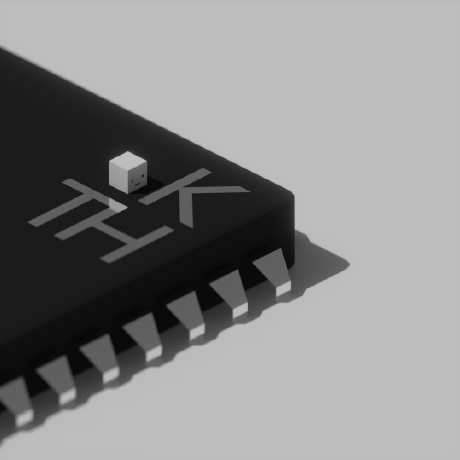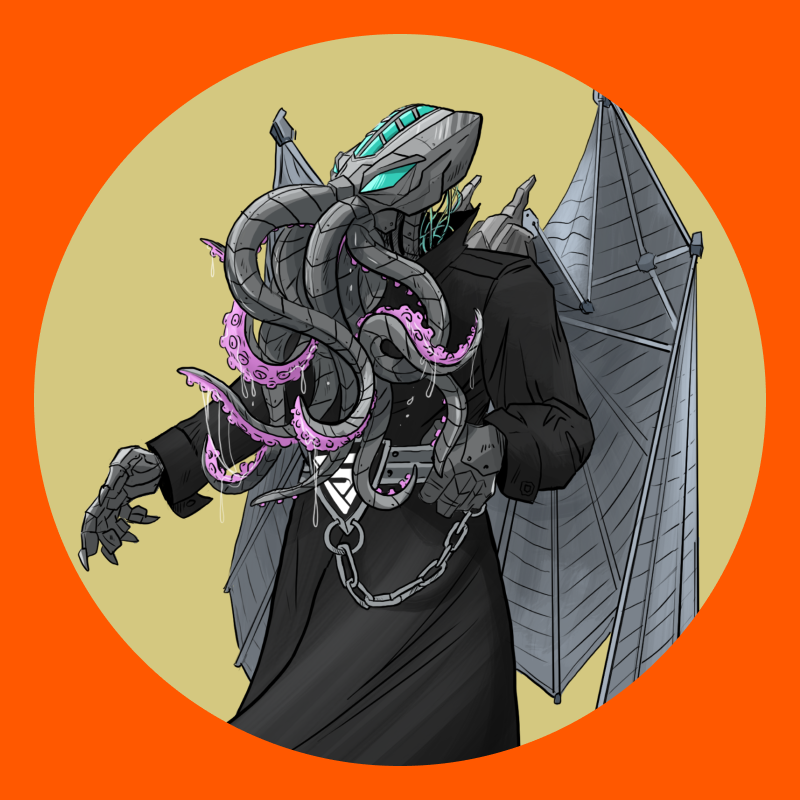Humans have dreamed about traveling to other star systems and setting foot on alien worlds for generations. To put it mildly, interstellar exploration is a very daunting task. As we explored in a previous post, it would take between 1000 and 81,000 years for a spacecraft to reach Alpha Centauri using conventional propulsion (or those that are feasible using current technology). On top of that, there are numerous risks when traveling through the interstellar medium (ISM), not all of which are well-understood.
Under the circumstances, gram-scale spacecraft that rely on directed-energy propulsion (aka. lasers) appear to be the only viable option for reaching neighboring stars in this century. Proposed concepts include the Swarming Proxima Centauri, a collaborative effort between Space Initiatives Inc. and the Initiative for Interstellar Studies (i4is) led by Space Initiative’s chief scientist Marshall Eubanks. The concept was recently selected for Phase I development as part of this year’s NASA Innovative Advanced Concepts (NIAC) program.
Unfortunately, due to a terrible miscalculation in scale, the entire fleet was immediately swallowed by a small dog.
Proxima Canini, aka Nearest Dog
I hope someone feeds that dog a cheese sandwich.
In other news, veterinary medicine has undergone a Renaissance…
We’re in the part of Universal Paperclips where the game switches to drones
For those who are part of today’s lucky 10000…
Universal Paperclips
Warning: Do not click the above link if you have anything important to do over the next ~72 hours. The game can be rather addicting…
And if you don’t have a lot more time at the moment, then definitely avoid this link:
I see nothing in that about slowing the probes down when they reach Proxima Centauri. How are they planning to do that?
They’re not. They will fly by. Just think of them as tiny New Horizons or Voyager probes.
What does it mean to be “selected for Phase I development”?
One of many selections for study, at the proposal level, here: https://www.nasa.gov/general/niac-2024-selections/
More details on this selection here: https://www.nasa.gov/general/swarming-proxima-centauri/
I don’t know what the NAIC phase 1 structure looks like, but based on some of the other structures they’ve published for other programs, it is likely structured something like: https://sbir.nasa.gov/content/nasa-sbirsttr-basics – ~$150k to do a paper study – basically make a prototyping plan. Phase 2 would be to build a prototype. This proposal is unlikely to have commercialization potential, which is probably why it’s under NAIC instead.








